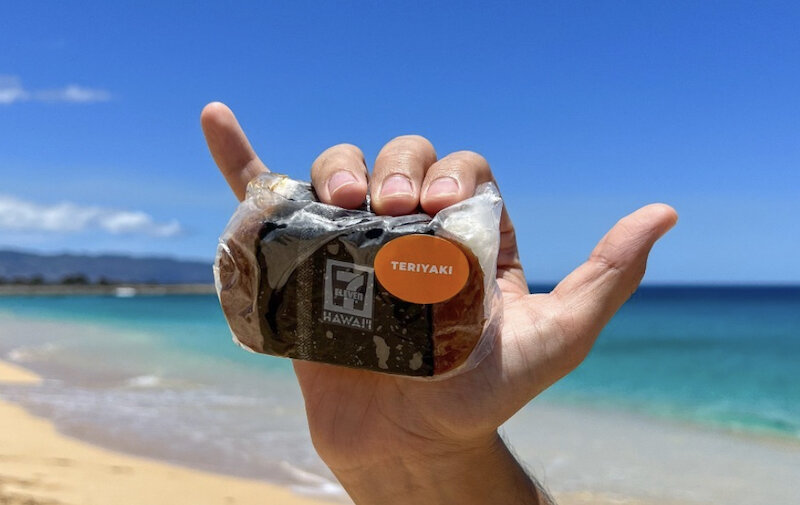
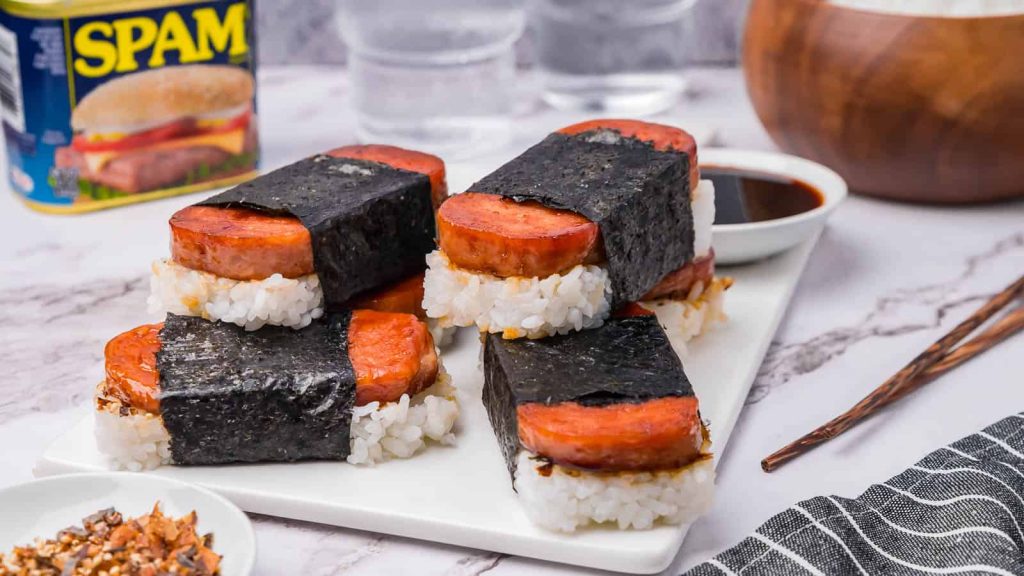
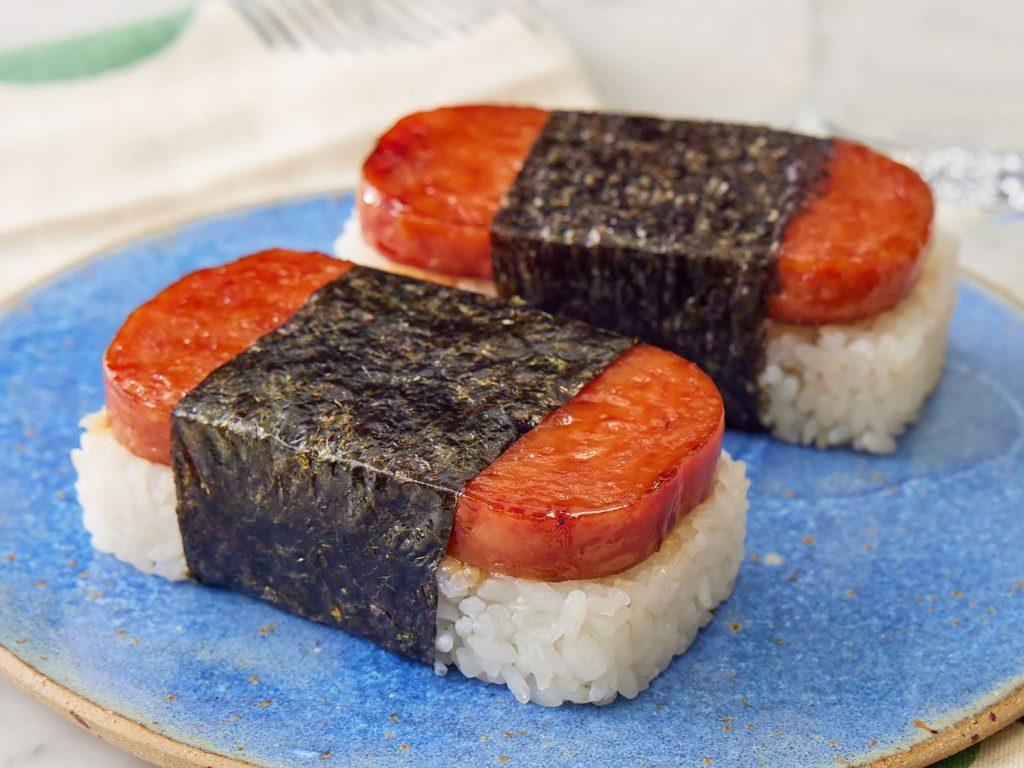
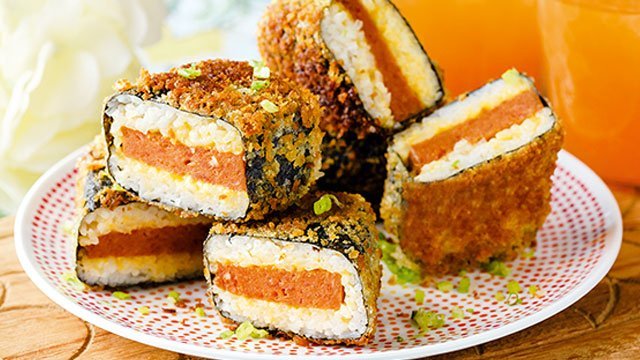
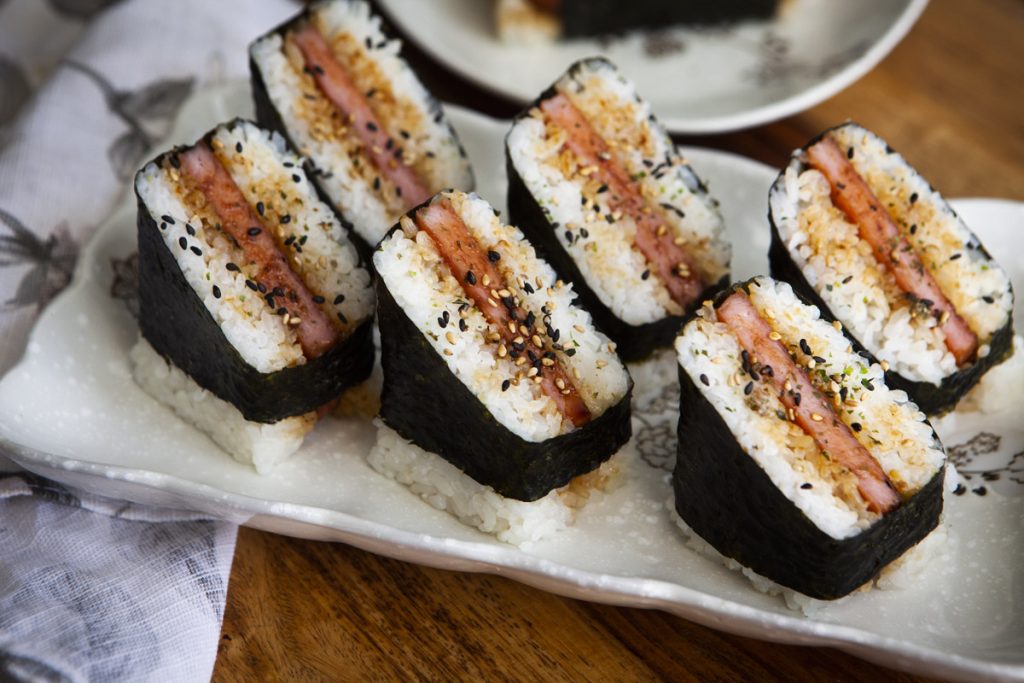
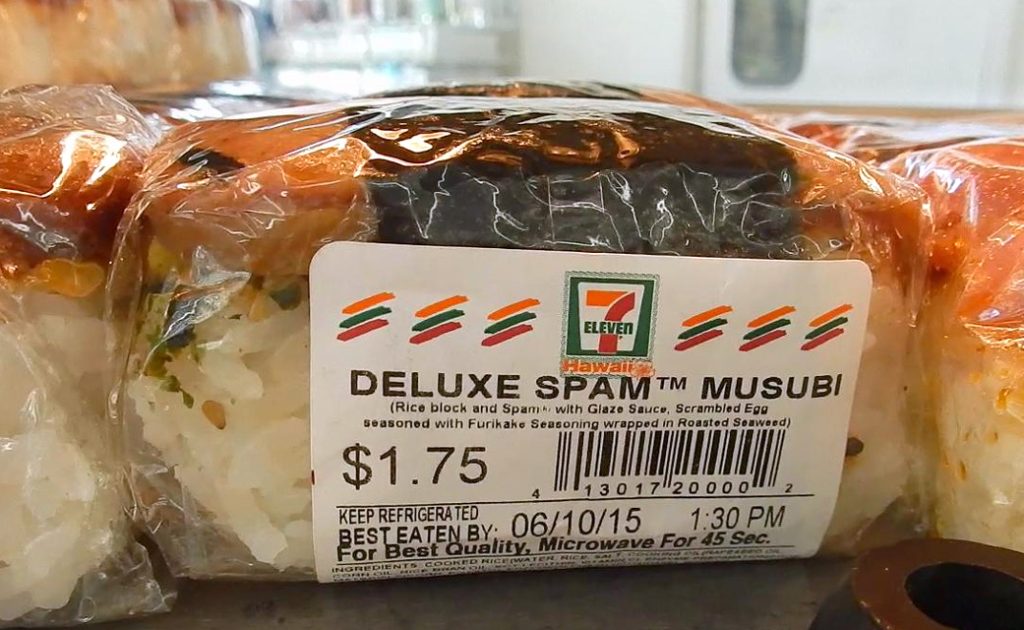
If you’ve ever been to Hawaii, chances are you’ve seen Spam musubi at almost every convenience store, lunch stop, grocery store or family gathering. It’s more than just a snack — it’s a local favorite packed with flavor, history and plenty of island pride. But what makes this simple combo of rice, seaweed (nori) and Spam so special to people in Hawaii? Let’s dig in!
A Local Classic
- The Spam musubi is the unofficial snack of Hawaii. You’ll find them everywhere from 7-Eleven stores to lunch wagons. It’s part of local culture.
Convenient
- Wrapped and ready to go, it’s perfect for beach days, hikes, school lunches or a quick bite.
Comfort Food
- In Hawaii, Spam reminds a lot of people about their childhood. Growing up, many kids eat it for breakfast. It’s nostalgic and comforting.
Affordable and Filling
- Hawaii is known for its high cost of living. Spam musubi is cheap, satisfying and can feed a large family.
Cultural Fusion
- It’s a tasty example of Hawaii’s melting pot — influenced by Japanese onigiri, local tastes and American ingredients.
Customizable
- Everyone’s got their own spin — teriyaki glaze, furikake, egg, kimchi, or even deep fried. There’s a musubi style for everyone.
Survival Snack Since WWII
- Spam was introduced during World War II and became a staple. Over time, people in Hawaii got really creative with it.
Made with Aloha
- Lots of families and small businesses sell homemade musubis with their own twist. It’s a way to support locals and get a taste of aloha.
It’s easy to see why Spam musubis hold such a special place in the hearts of the people of Hawaii. It’s a delicious blend of island tradition, history and everyday comfort. Whether enjoyed as a quick snack or shared at family gatherings, it’s a wonderful reminder of the islands’ unique culture and flavor.